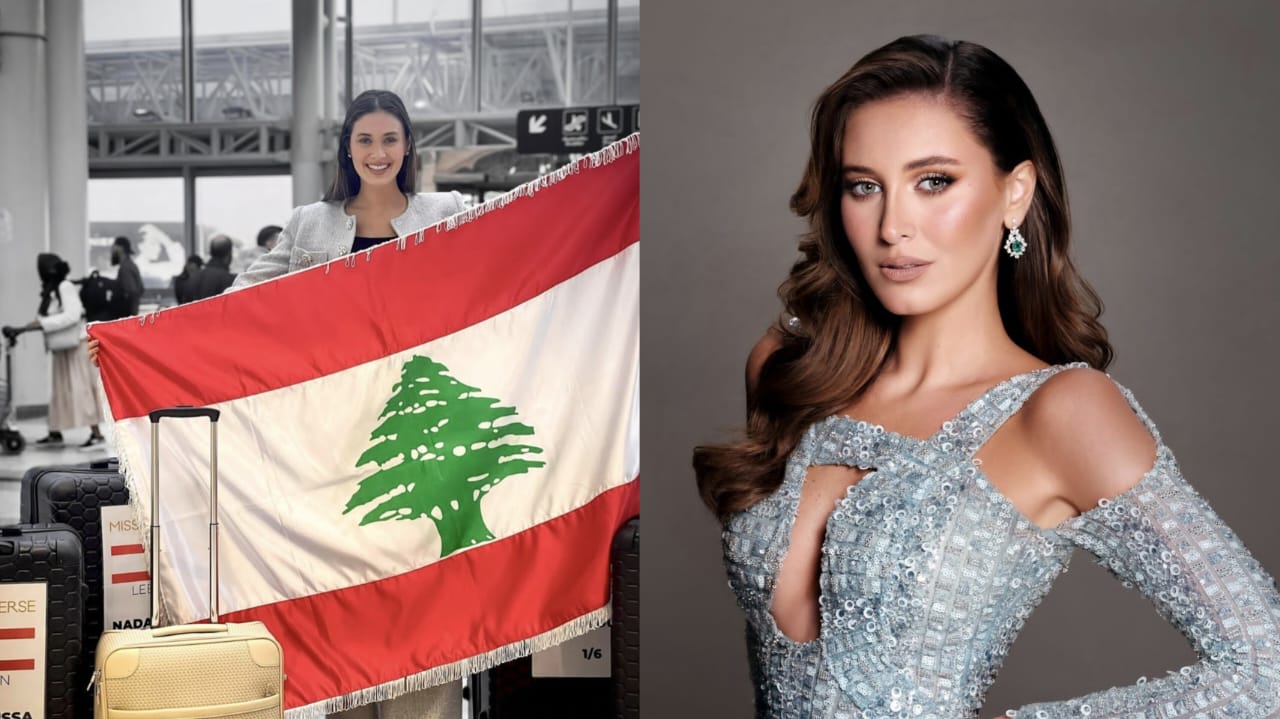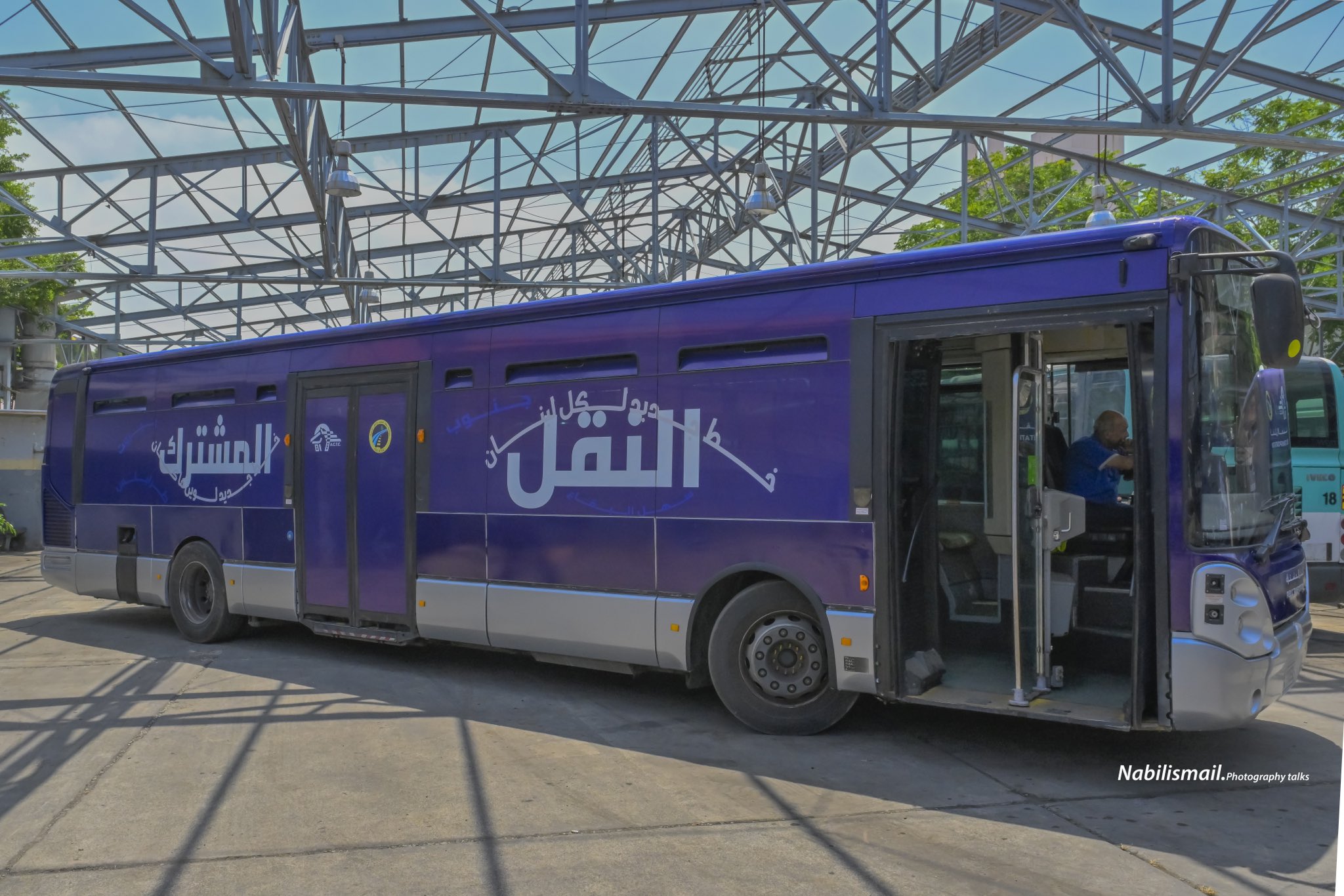11 Misconceptions About Syrian Refugees In Lebanon We Addressed With Facts
Ever since the forced displacement of Syrians in 2011 due to the ongoing war, Lebanon has taken in the highest number of refugees per capita. With that came a lot of compassion from many, as well as a lot of racism that translated socially and politically. This article is the second in a series where we here at Beirut.com try to learn something new by tackling misconceptions around social issues in Lebanon. Here is the first article we wrote about misconceptions on feminism in Lebanon.
We relied on this booklet that was released by the Issam Fares Institute for Public Policy, this past January 2018. We do realize that these numbers are not a 100% accurate in the present time (but are the most recent) but this is the expected pace of research in social matters. Let us what you think.
1. “Ma befham leh fallo min baladon”
This misconception is about refugees’ desire to be displaced. Refugees are not a dehistoricized entity that decided with complete free will to flee the comfort of their own homes and their country. Refugees are displaced individuals who were, due to the war and ongoing violence, forced to leave their homeland.
2. “Hayehon bi Europa saro aktar men el Frensiwiye kif eza bel balad hon”
The misconception that Syrian refugees have overtaken Europe is wild, only 2% of the European Union population are refugees and asylum-seekers.
3. “Yaane el wahad bi oul iza wled w neswen bess ma kellon rjel 3al tari2”
80.9% of registered Syrian refugees in Lebanon are women and children as of December 2017. While that figure may have changed since, the majority of the displaced remain women and children.
4. “Yaane njabaro yi fello fhemna bess eno ke hal masareh wein, chou achatouwon yehon kamen?”
– The average debt of Syrian refugee households in Lebanon is a whopping $789 per household
– 58% of Syrian refugee households in Lebanon live in extreme poverty
5. “Ma fhemet leh e3din nwaze3 jensiyet la yalli 3am bi khalfo hon”
83% of Syrian children born in Lebanon since the beginning of the crisis lack any form of birth registration.
6. “Yaane ana bayne w baynak ma 3ande mechkleh ma3on, w aslan mech hesseh eno hada 3ando mechkleh ma3on”
– Only 55% of Lebanese participating in a survey in summer 2016 ‘would accept that Syrian refugees live in [their] neighborhood’
7. “Wala 3am bshoufon 3am byet3alamo min warra el jam3iyet”
– Although 100,000 Syrian refugees between 18 and 22 years old are qualified for university, only 6% are currently enrolled and able to get their education.
– 78% of Syrian refugee adolescents aged from 15 to 17 years old in Lebanon are out of school.
– 330 is the number of public schools in Lebanon that have second shift classes for Syrian refugee children.
8. “Kam NGO baad bedon, ma el UN 3am tefa3lon ma3ashet”
– 47% is the gap in the requested funds to support the Syrian crisis in Syria and its neighboring countries by December 2017
– 13% of refugees in Lebanon who participated in a survey in 2017 reported that their priority needs have been met by humanitarian organizations.
9. “Chou bedon baad e3din w mertehin, bchartik iza ra2et el awda3 mazbout bi souriya mech rah yi hezzoo men hon”
A UNHCR report states that 88% of Syrian refugees in Lebanon want to go home but cannot due to lack of identity papers and legal status in their homeland.
10. “Kel hal hesen el dyafeh bess henne mech 3arfin kif bedon yechtro el machkal”
50% of Syrian refugees in Lebanon participating in a survey in summer 2016 reported going through some form of abuse with 72% of them not acting upon it.
11. “Khalas eza m2aman cheghel yekol w yi ta3me wledo mech bi zyede?
Refugees are more than refugees, they are young individuals with hopes and dreams that exceed lamenting about the past, so don’t always put them in this closed box.
1




